Dog Diagnostic Imaging is an essential aspect of veterinary care, enabling veterinarians to accurately assess the health of your dog’s internal structures and organs. These advanced imaging techniques provide a comprehensive and non-invasive means to diagnose various medical conditions, ultimately helping to determine the best course of treatment for your pet. Digital radiography (X-rays) offers a clear view of bones, joints, and organs, while ultrasound imaging allows for a detailed examination of soft tissues, organs, and body cavities. By utilizing diagnostic imaging, veterinarians can quickly and accurately identify health issues, leading to better health outcomes for your canine companion.
The importance of Dog Diagnostic Imaging in veterinary care cannot be overstated, as it allows for a more in-depth understanding of your dog’s health beyond what can be determined through a standard physical exam. With these advanced imaging techniques, veterinarians can detect hidden diseases, monitor the progression of chronic conditions, and evaluate the effectiveness of ongoing treatments. Diagnostic imaging is also invaluable in emergency situations, where quick and accurate assessment of your dog’s condition is crucial for determining the most appropriate course of action. By investing in state-of-the-art diagnostic imaging equipment, veterinary clinics are better equipped to provide timely and effective care for your beloved pet.
Your Pet’s Health and Happiness Begin Here
Service FAQ
What conditions can be diagnosed through Dog Diagnostic Imaging?
Diagnostic imaging can identify a wide range of conditions, including fractures, organ enlargement, tumors, gastrointestinal obstructions, fluid accumulation, and heart issues. It can also be used to monitor the progression of chronic conditions and evaluate the effectiveness of treatments.
Will my dog need sedation during diagnostic imaging procedures?
Most diagnostic imaging procedures can be performed on awake pets. However, sedation may be recommended for anxious or painful animals to ensure their comfort and safety during the procedure.
How long does it take to receive the results of diagnostic imaging?
The time it takes to receive results may vary depending on the specific imaging technique used. In many cases, veterinarians can review the images immediately and discuss the findings with you during your appointment. In some instances, images may be sent to a veterinary radiologist for further assessment, which could take additional time.
Is Dog Diagnostic Imaging safe for my pet?
Yes, diagnostic imaging techniques such as X-rays and ultrasounds are generally considered safe for pets. These non-invasive procedures pose minimal risk to your dog, and veterinarians take all necessary precautions to ensure your pet’s safety during the process.
How should I prepare my dog for diagnostic imaging?
In most cases, no specific preparation is needed for diagnostic imaging procedures. However, your veterinarian may provide specific instructions, such as fasting or withholding water, depending on the type of imaging being performed.
What happens after my dog undergoes diagnostic imaging?
Once your veterinarian has reviewed the diagnostic images, they will discuss the findings with you and recommend an appropriate course of action. This may include further testing, monitoring, or initiating treatment for any identified health issues.
